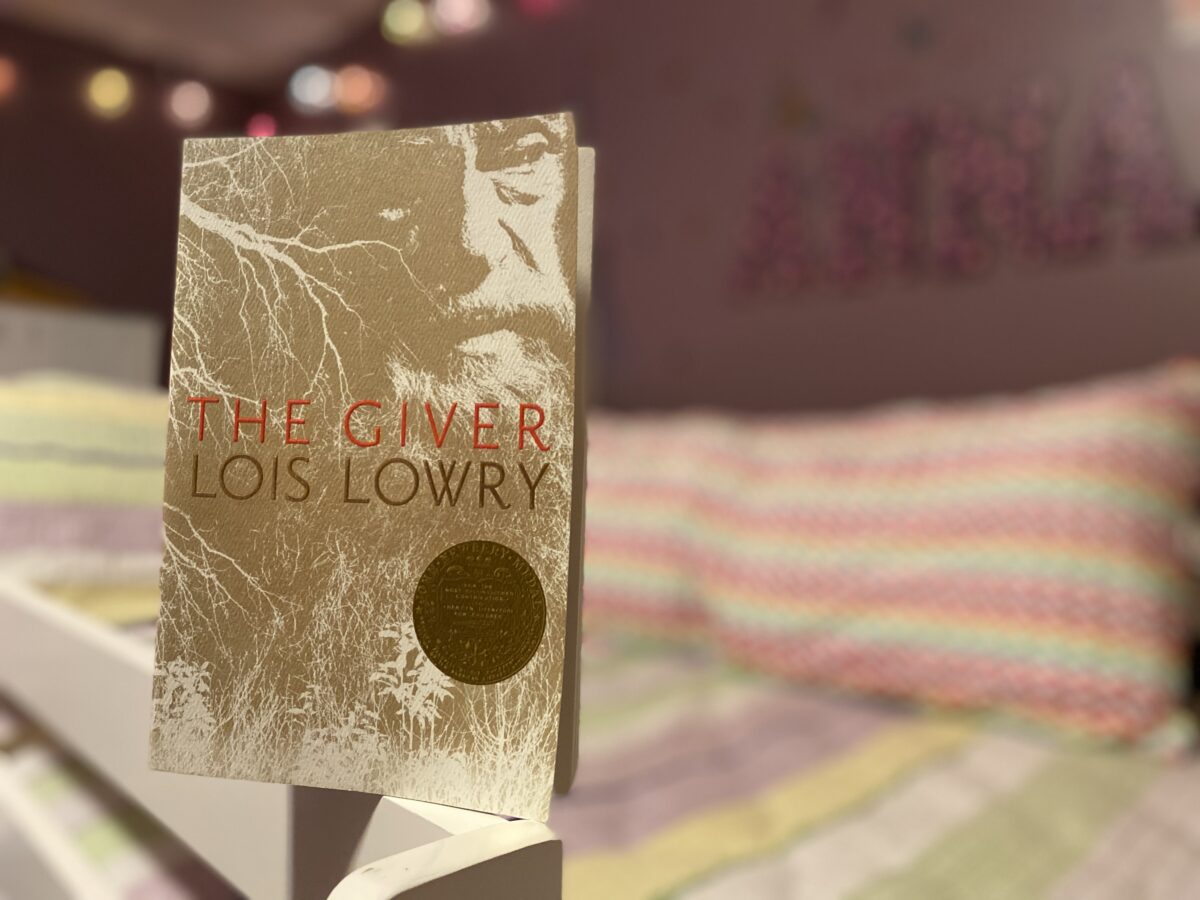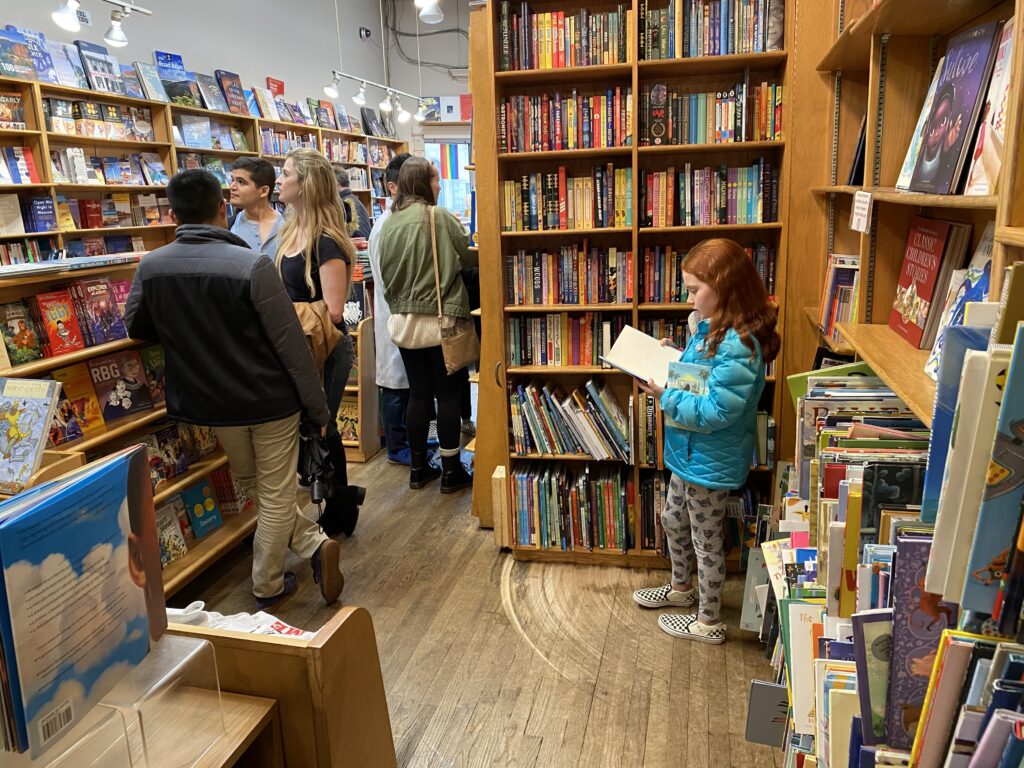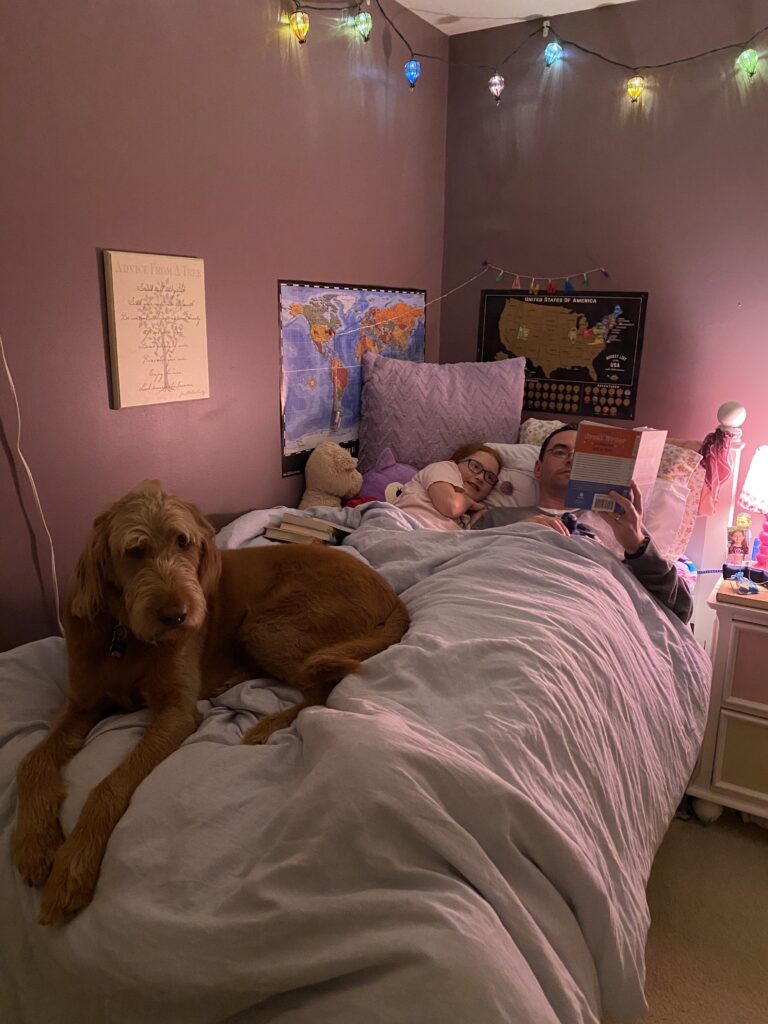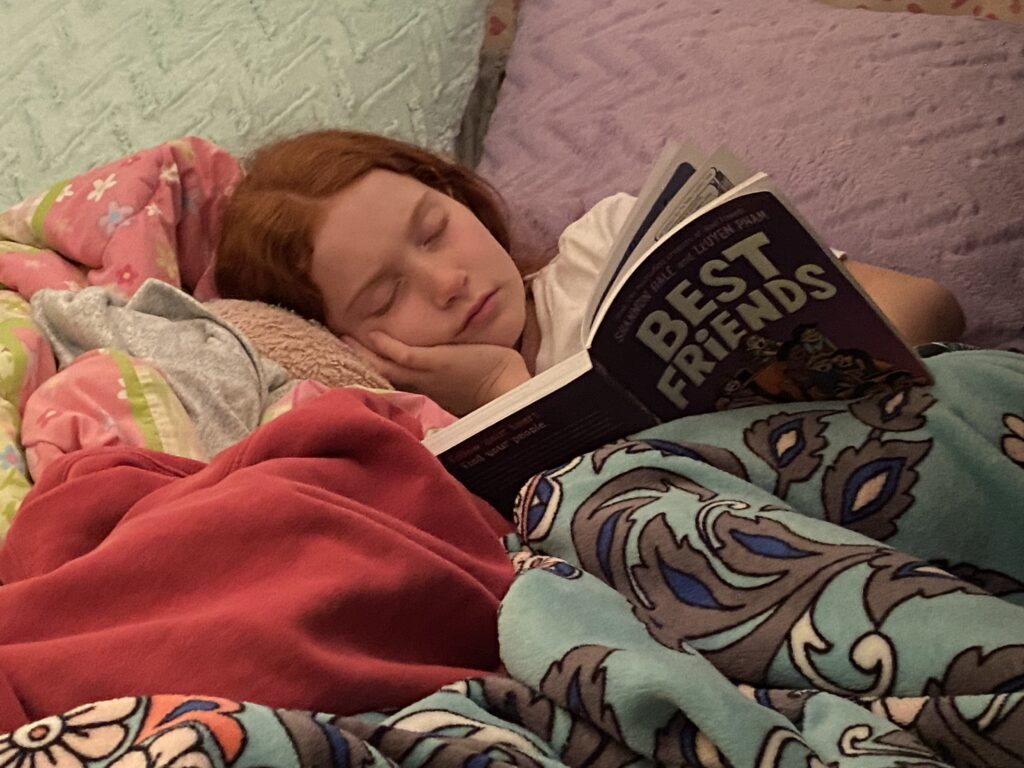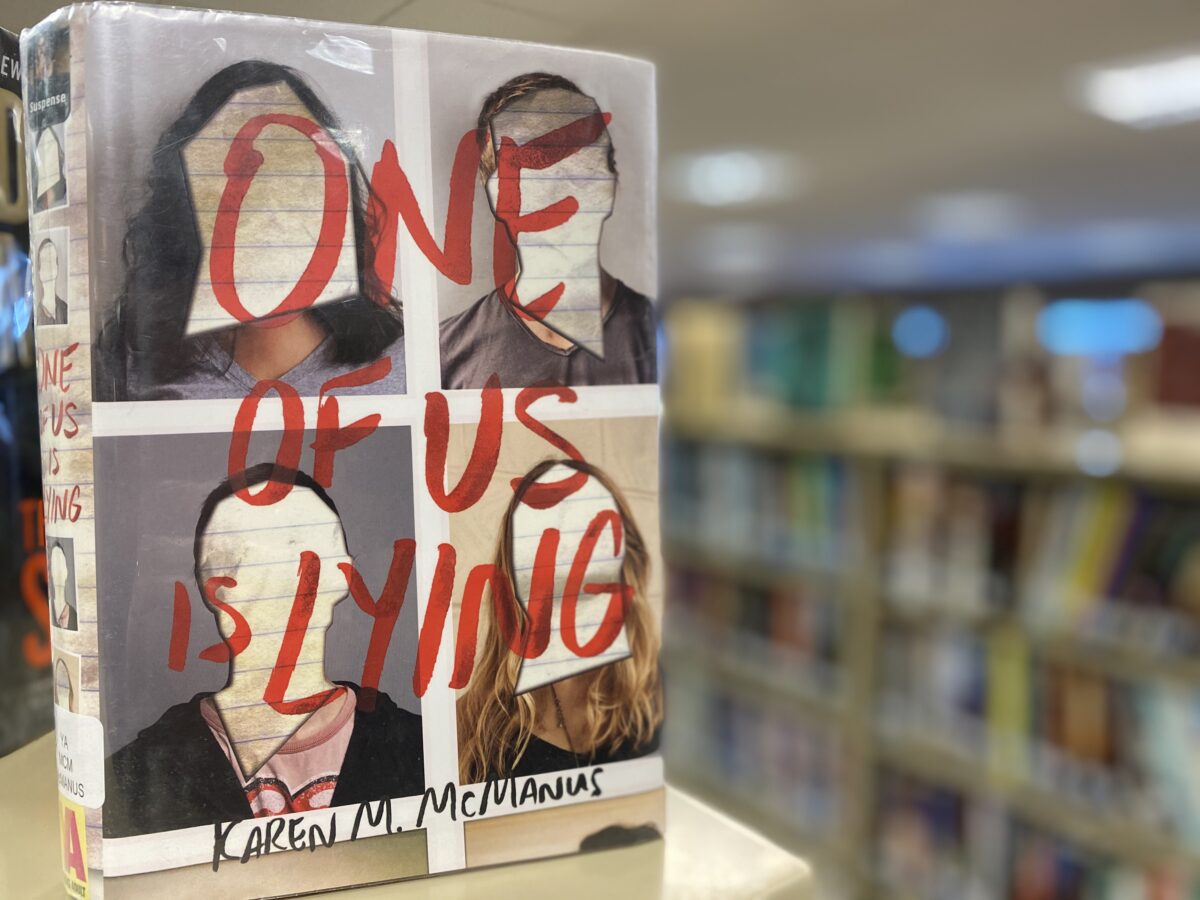Thankfully I’ve been doing a much better job of reading my 50 books in 2020, than I have blogging about those texts. I actually finished Book #5 in May but didn’t get around to capture my thoughts in a blog post. It was such a fascinating book, I wanted to take a moment to reflect on it now.
The book, Misreading Masculinity: Boys, Literacy, and Popular Culture by Thomas Newkirk, was recommended to me by Mike Anderson. The book explores how boys interact with, consume, and produce literature.
There were many thought-provoking ideas in this book, but for the purposes of time, I wanted to discuss three in particular here.
1 – The gender gap in reading and literacy shows that boys do not perform as well in reading and do not have the same enjoyment of the subject as their female peers. The pride boys take in their academic work drops from elementary school (53%) to high school (16%). This is coupled with the fact that boys feel that showing enthusiasm in school is seen not being a “real boy.” When boys show they are excited about school and learning they receive negative feedback – at least that is their perception. There’s a boy code which dictates how boys should act and interact, and this code does not value reading as manly endeavor. Some of this might be reinforced by their surroundings. In one survey more students reported their mother reading more often (56%) than students who said their father reads more frequently (5.6%).
How do we encourage boys to enjoy reading more? How can we get to a place where boys show enthusiasm for reading and writing in school? These are very important questions and should be discussed as educations systems look to improve literacy programs.
2 – There are hierarchies of literacy in education and schools. Books chosen in schools are typically longer, traditional selections of literature. I once had a conversation with a coworker who taught high school English. I asked why we still teach mostly the same books in our high school classes which were used when I was a student almost 25 years ago. She explained the importance of the canon of literature. She spoke of how much there is to learn from Beowulf, Jane Eyre, Emily Bronte, and other classics. She spoke of these works in a romantic way. It was a feeling we did not share. Boy vs. girl.
As Newkirk points out, however, boys tend to enjoy books that “emphasize action over personal relationships, excitement over the unfolding of character, and humor most of all.” Boys are not as interested in the personal relationships of Wuthering Heights. I teach 4th grade, and I can tell you Captain Underpants and Diary of a Wimpy Kid are wildly popular with boys. Humor most of all. Rarely do educators choose other forms of media like movies, television programs, cartoons, etc. With this in mind, it is important to choose a variety of text and media which can be tools for teaching literacy. This will help engage some of more reluctant readers, especially boys.
3 – One of the big themes in this book is that our system of teaching literacy does not mesh with the way most boys’ brains operate. One topic he discusses is how conflict is now addressed in a post-Columbine school climate. The Columbine High School shooting in 1999 forever changed how schools operate from a security standpoint. The safety changes that were made have help created safer learning environments for everybody in the school community.
Along with these changes there was an attempt to eliminate violence in student writing. This has had a detrimental impact on boys because they like action over personal relationships. Newkirk argues that not all violence in writing is the same. There is writing which involves action, and sometimes violence, as a critical component of the plot development. It is not necessarily meant to shock or psychological harm the reader. This form of violence can be characterized as high modality violence. Newkirk believes that the more common form of writing by boys is low modality violence which is not meant to cause any form of harm to the reader and not an attempt to insight a violent reaction or response. The dilemma is when schools say all violence is off limits in writing. This leaves no room action and low modality violence to be used as a tool for plot development.
There’s not easy answer to some of the topics addressed in this book. They are, however, topics which educators should consider as they institute policies and implement plans moving forward.
